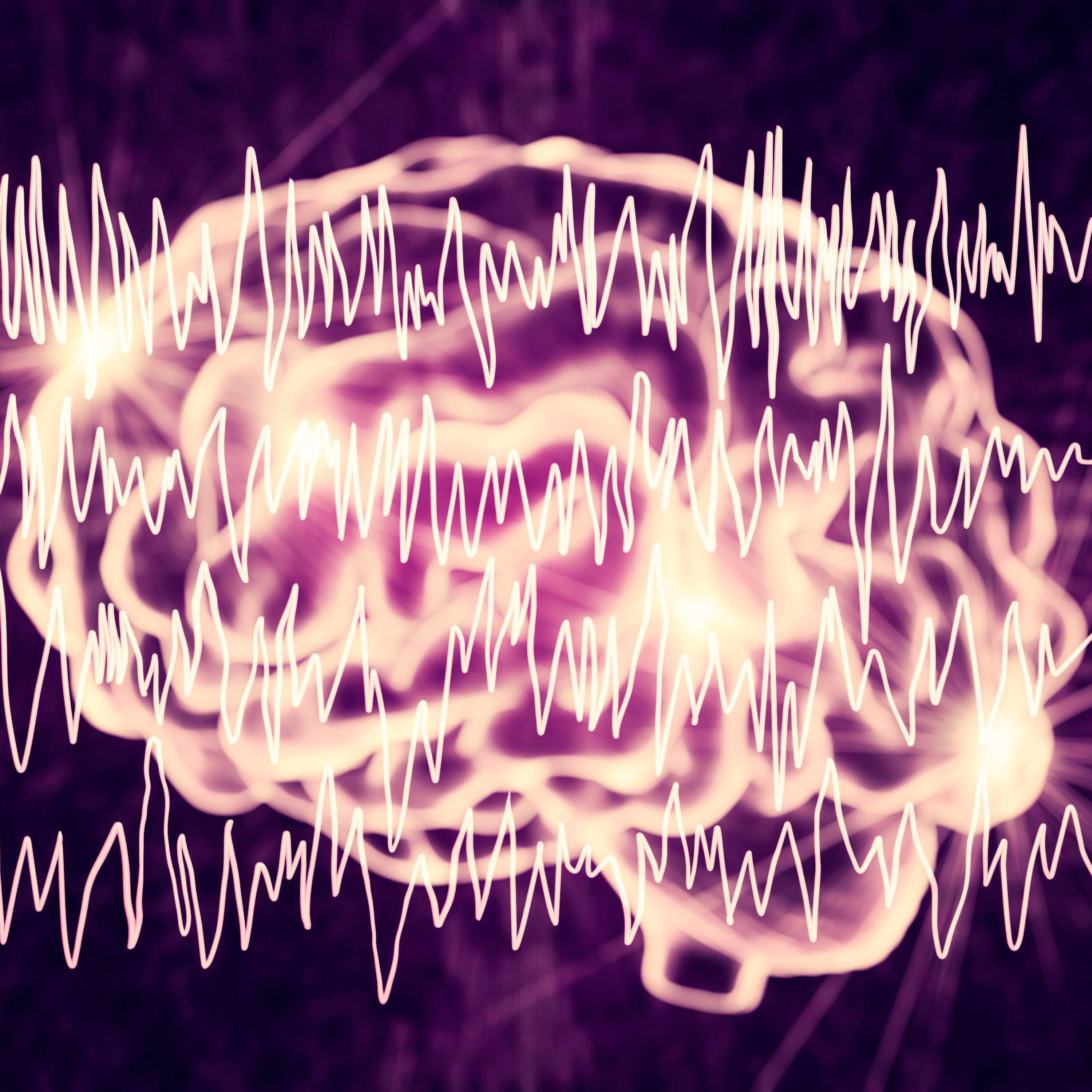-
Science Saturday: Molecular mapping of the heart to predict disease susceptibility
Vulnerability to heart disease can be projected before symptoms occur, Mayo Clinic discovered in preclinical research. This proof-of-concept study revealed that heart muscle changes indicate who is vulnerable to disease later in life. These changes can be detected from blood samples through comprehensive protein and metabolite profiling. This exploratory mapping, conducted in the Marriott Family Comprehensive Cardiac Regenerative Program within Mayo Clinic's Center for Regenerative Medicine, is published in Scientific Reports.
"The team implemented state-of-the-art technologies to predict who is vulnerable and who is protected from heart disease," says Andre Terzic, M.D., Ph.D., a Mayo Clinic cardiologist and the senior author. "In this era of post-genomic medicine, the acquired foundational knowledge provides guidance for development of curative solutions targeted to correct the disease-causing maladaptation." Dr. Terzic is the Marriott Family Director, Comprehensive Cardiac Regenerative Medicine, for the Center for Regenerative Medicine and the Marriott Family Professor of Cardiovascular Research.
Heart disease is a leading killer in the U.S., responsible for 1 of every 4 deaths, according to the Centers for Disease Control and Prevention. Predicting and intervening early in heart disease are health care priorities aimed at improving survival and quality of life while reducing health care costs.
To address unmet needs of patients with chronic conditions such as heart disease, Mayo Clinic has invested in regenerative medicine and individualized medicine, transformative emerging fields in modern health care. Regenerative medicine seeks to restore the form and function of a failing or diseased organ, with individualized medicine tailoring care to a person's makeup. Mayo Clinic's Center for Regenerative Medicine is prioritizing clinical-grade biotherapeutics, targeting diseases with no cure.
The research
The research team mapped the molecular composition of hearts and discovered that in young adults, despite absence of any overt cardiac malfunction, deficiency in KATP channels — innate safeguards of cardiac cell well-being under stress load — triggered heart tissue alterations that predict increased disease susceptibility.
"We found that KATP channel deficit reorganizes the molecular identity of the heart. Notably, salient changes were also evident in blood, suggesting that heart vulnerability may be detected with a blood test, avoiding the need for invasive tissue biopsy," says D. Kent Arrell, Ph.D., first author. "Blood biomarkers could inform targeted biotherapeutic interventions for individuals deficient in natural cardiac protective capability."
The team took a multiomics, high-tech systems approach to map the multiplicity of molecular changes. Going beyond the genome, thousands of distinct proteins and metabolites were deciphered, drawing a molecular atlas of cardioprotective deficiency.
"This proactive approach prior to disease onset offers an opportunity to maximize the success of future biotherapies aimed at addressing life-threatening conditions by correcting pinpointed deficits early in life that can be tailored for each individual," says Satsuki Yamada, M.D., Ph.D., a cardiologist and member of the study team.
Future clinical studies will be needed to translate these findings and ultimately advance diagnostics capable of predicting the risk of heart disease.
###











